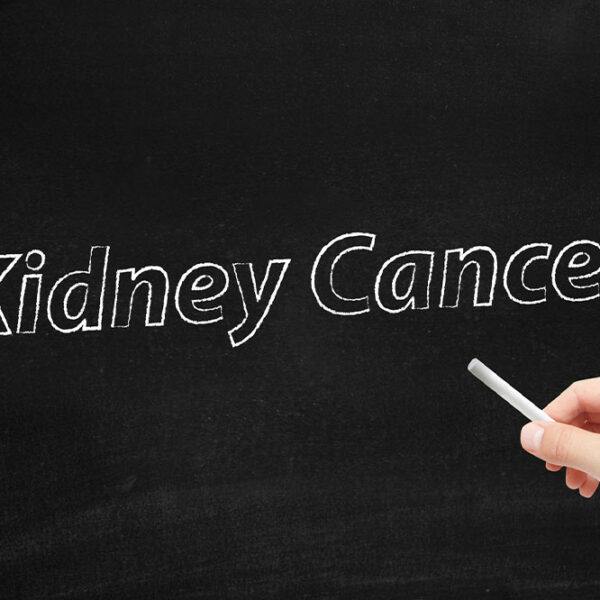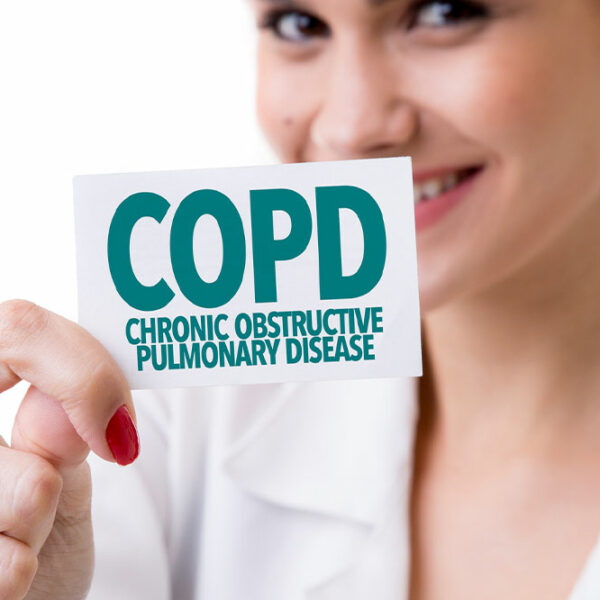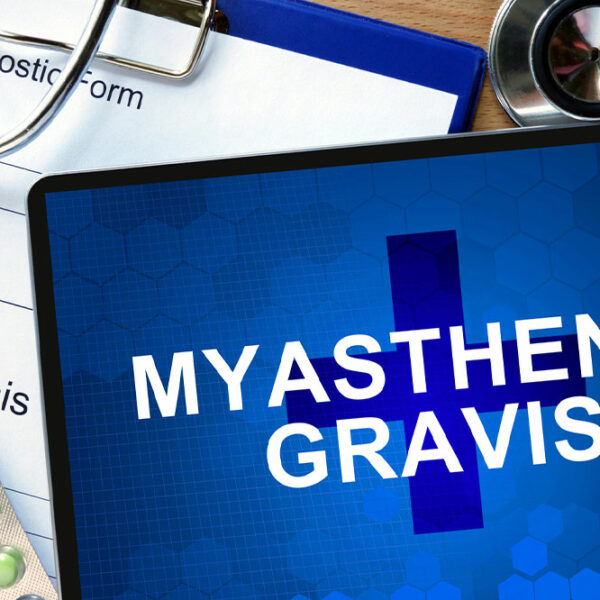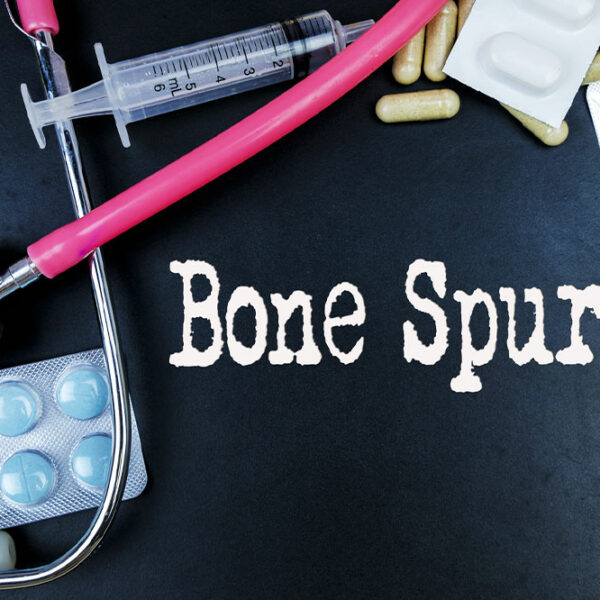
Sinus Headaches – Symptoms, Causes, and Management Options
Sinus migraine is a severe, recurring headache that one can feel on both sides of the head. Sinuses are hollow spaces of cavities that are filled with fluid or other substances and can be prone to an infection called sinusitis. This leads to sinus headaches and induces pain under the eyes, bridge of the nose, and cheekbones, among other areas. A lot of sinus headaches can also turn out to be migraines with nasal symptoms. Symptoms When the sinus cavity is infected, it is blocked with fluid or mucus, which leads to headaches. Maxillary and frontal sinus headaches are more common forms of the condition. As the maxillary sinus cavity is very close to the upper jaw, patients may also experience pain in the upper jaw. Here are common sinus migraine symptoms: Pain: Pressure or pain near the sinus area, such as the forehead, near the cheek, and behind the ear, can be observed when affected by sinus headaches. People usually experience chronic pain, and it often increases when the head faces downward, like when one is bending down. The pain eases out when the patient lies down. Stuffy nose: People with sinus headaches can feel that their nose is stuffy or blocked.









